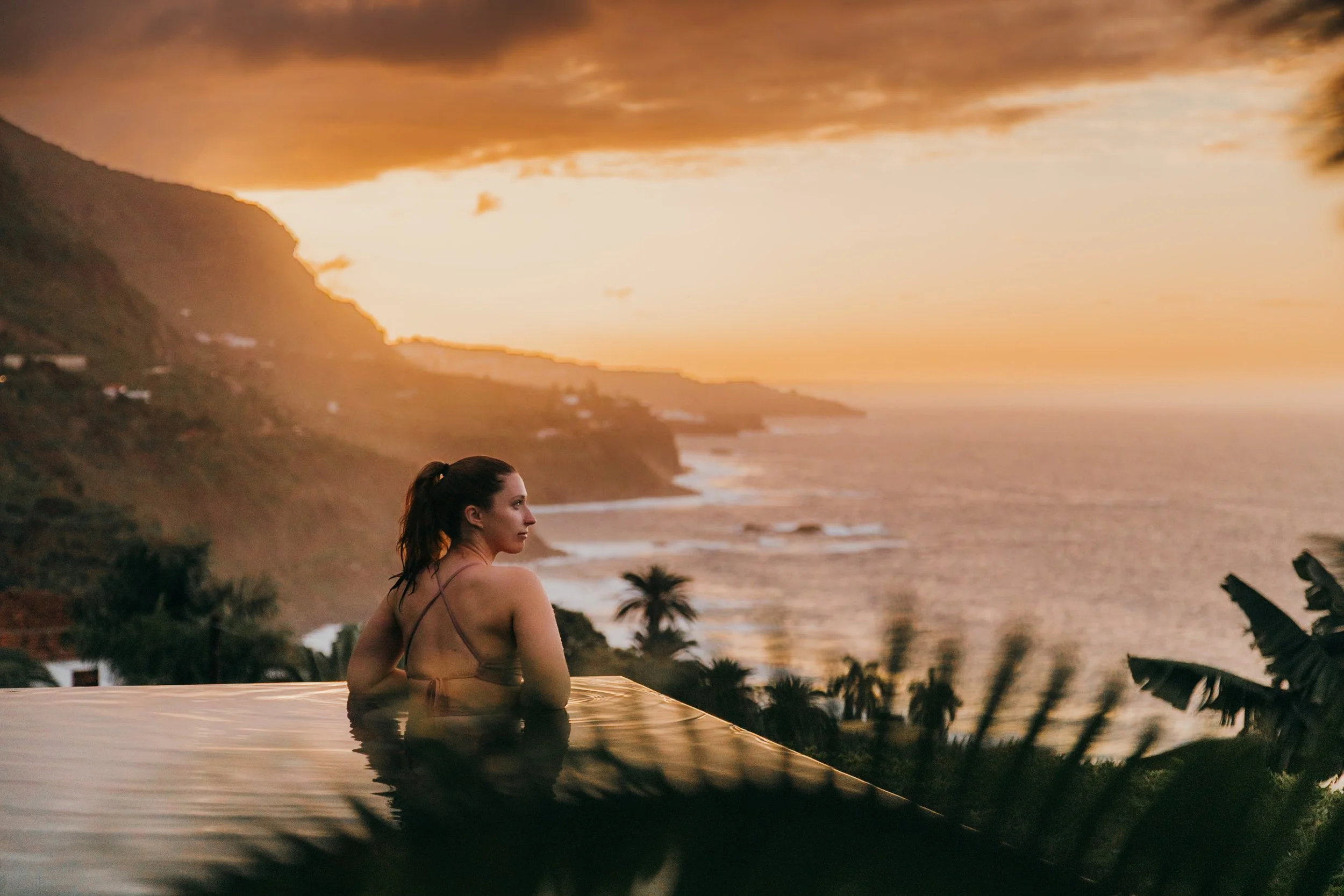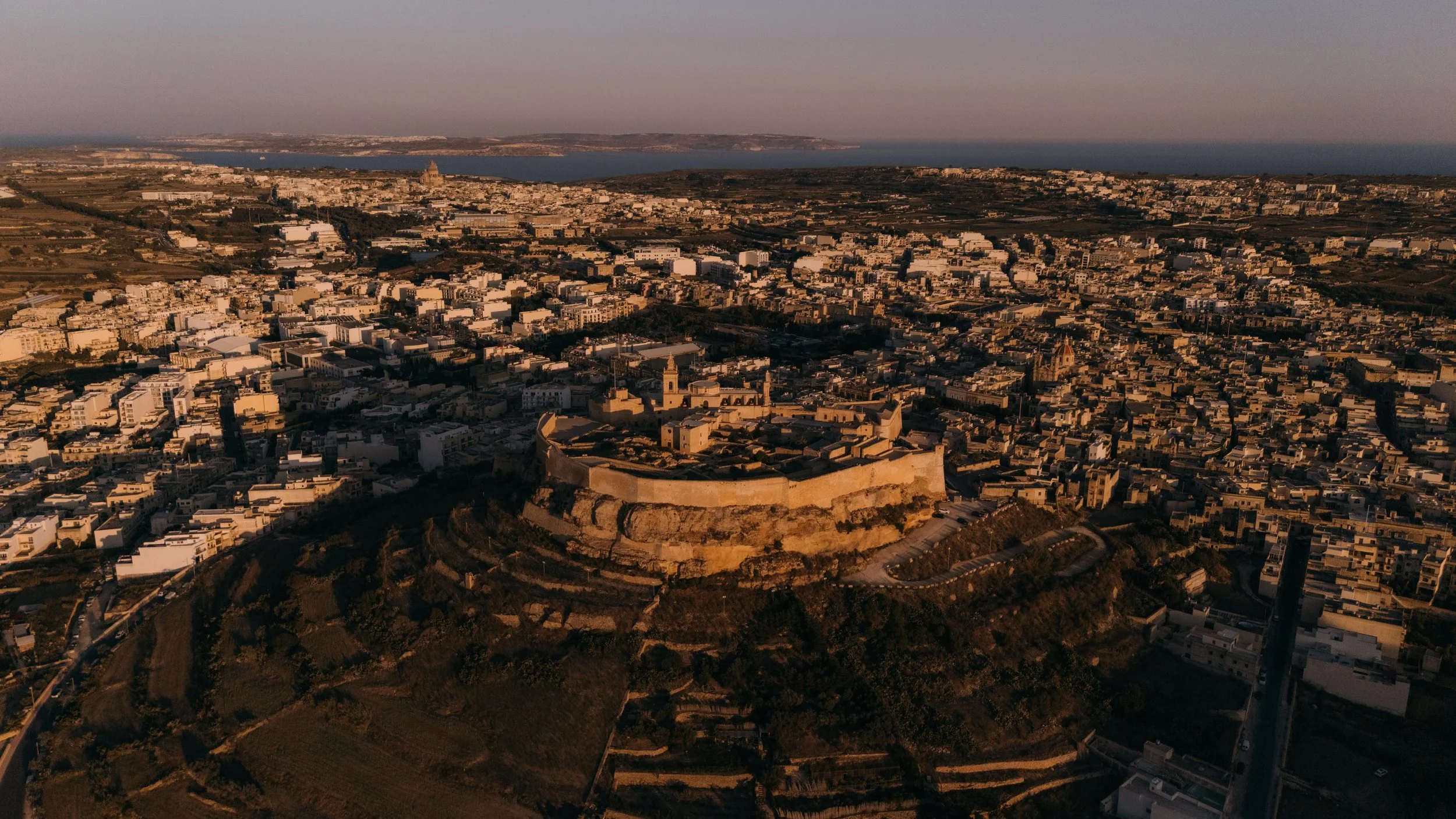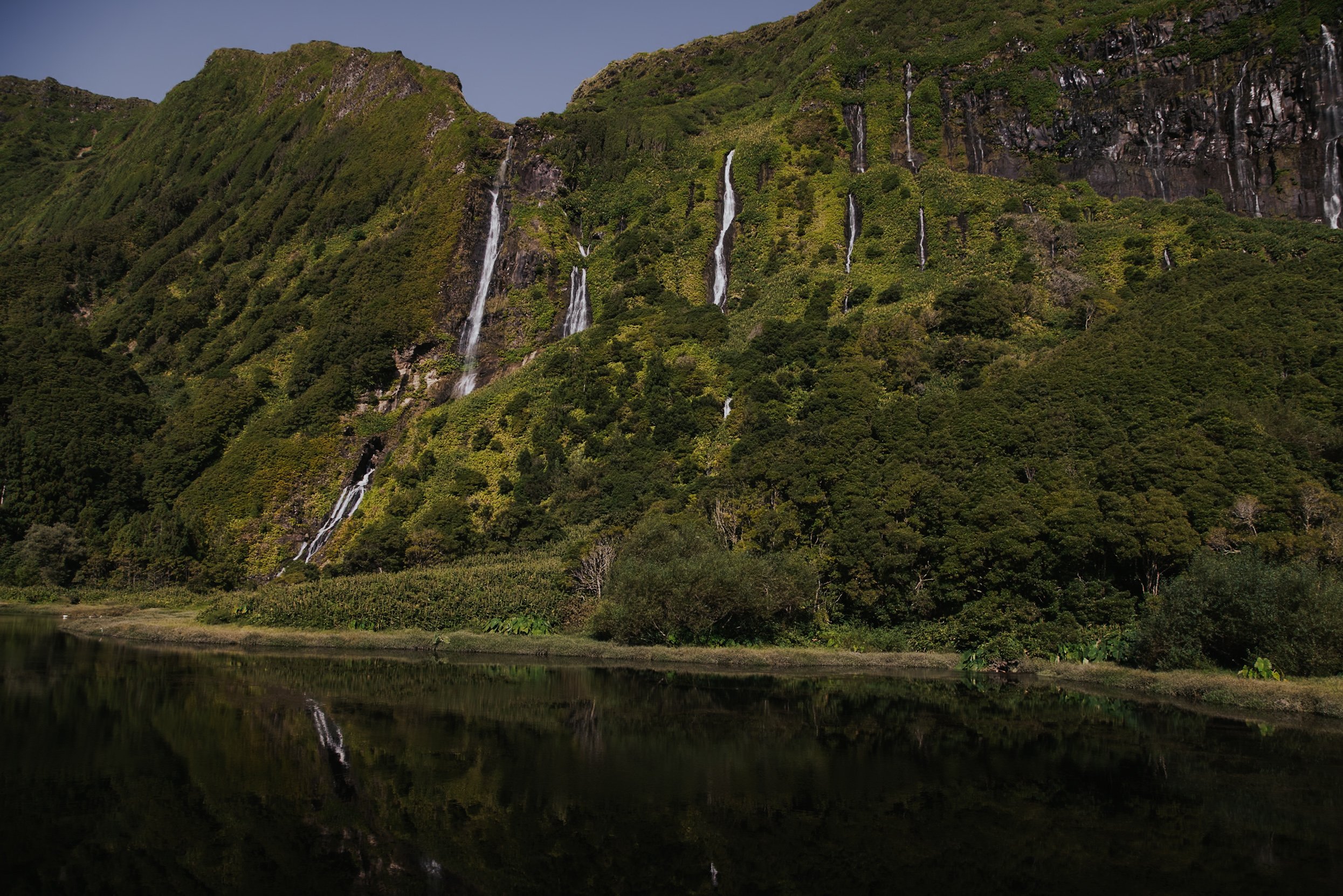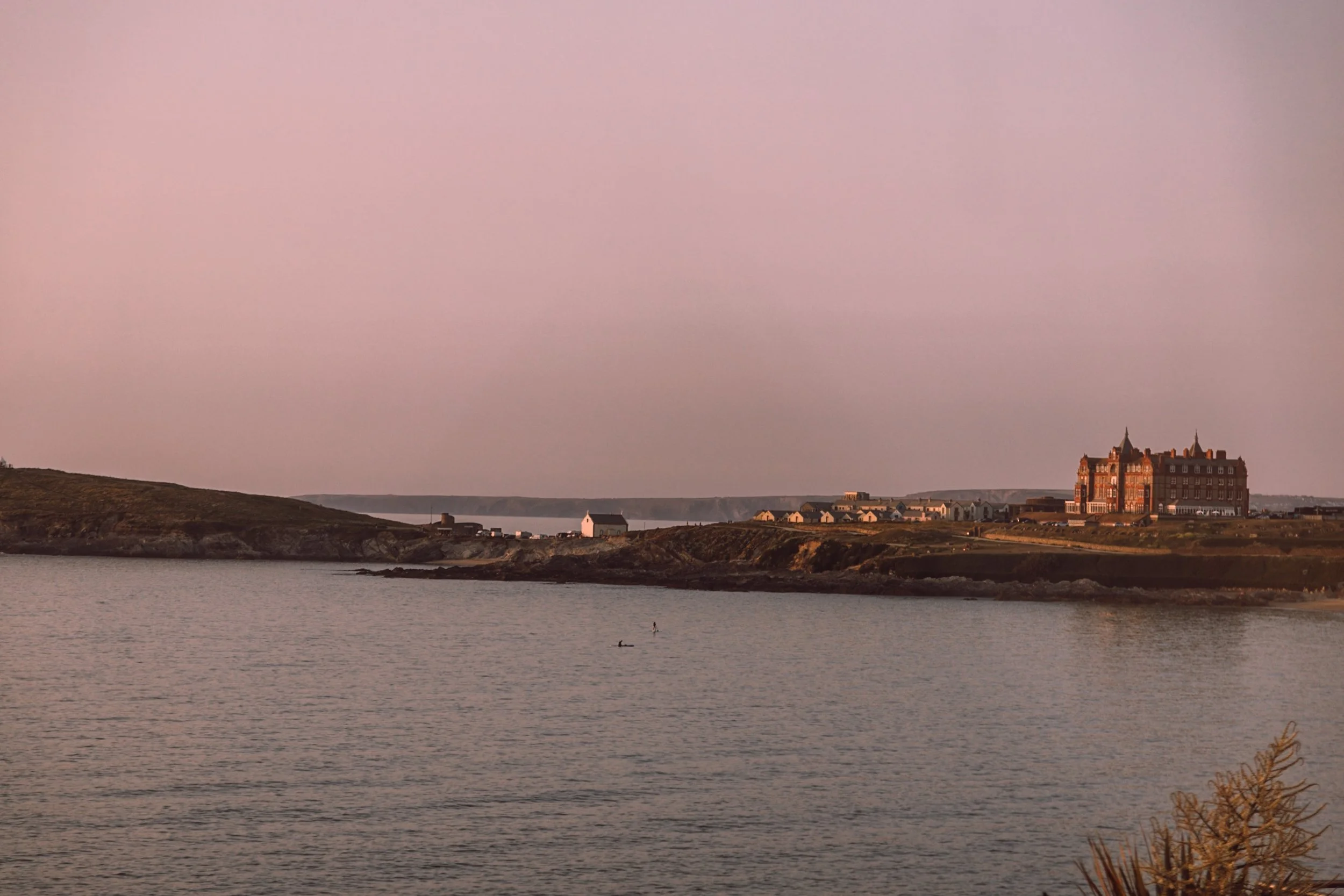This post may contain affiliate links, which means if you purchase through these links, we may receive a small commission at no cost to you. Thank you for supporting our website.
In Partnership with the Catalan Tourist Board. All opinions are our own.
Spend a week exploring Catalonia on the ultimate Costa Brava road trip, from Barcelona to the Costa Brava and into the Pyrenees. This 7-day itinerary takes you through stunning landscapes, from the volcanic terrain of Garrotxa and serene mountain peaks to hidden coves along the coast.
Discover charming Romanesque villages, historic sites like Empúries, and relaxing stays at places such as Hostal Spa Empúries. Enjoy pristine beaches, scenic coastal walks, boat trips on the Costa Brava, and the breathtaking scenery of the Pyrenees.
Whether it’s a day trip to Costa Brava from Barcelona or a longer Catalonia road trip, this guide highlights the best towns, beaches, and experiences in Costa Brava and beyond.
How to use this guide
Use the table of contents above to jump to different sections of our 7-day Catalonia road trip itinerary. It’s designed to help you quickly find exactly what you’re looking for, whether it’s how to get there, a summary of the itinerary, or a detailed day-by-day breakdown.
Nestled in the northeast of Spain, Catalonia is an autonomous community with a distinct culture, identity, and language. It boasts a rich history, with over 600 castles and fortresses, many dating back to the Middle Ages.
Surrounding this history are diverse and stunning landscapes, from the serene peaks of Vall de Núria in the Pyrenees to the volcanic terrain of Garrotxa, as well as Romanesque mountain villages, apple orchards, charming fishing villages, and incredible beaches.
We spent seven days exploring Catalonia, focusing on the Costa Brava region, a landscape that is so much more than picturesque coves and blends mountains, beaches, history, and volcanoes. We also had the chance to savour the region’s high-quality produce and cuisine, as Catalonia was named World Region of Gastronomy 2025.
Along our route, we discovered some of the most beautiful boutique hotels and guesthouses, each set in a unique location, and we wished we could have stayed longer. Here is our ultimate seven-day road trip around Catalonia, following scenic roads, hiking in the Pyrenees, flying over volcanoes, wandering among Roman ruins, and relaxing at picture-perfect coves along the coast.
Is Catalonia worth visiting?
While many visit Barcelona each year to admire the works of Gaudí, few take the time to explore beyond the city and its equally magnificent yet underrated surroundings. Just a short drive from Barcelona, you can escape to sandy coves, the peaceful Pyrenees, volcanic landscapes, and countless captivating historic sites.
The Costa Brava is well known for its stunning coastline, but it offers so much more! Take time to explore the inland areas of this remarkably rich and diverse part of Catalonia, and you’ll soon wonder why so many visitors stick only to the coast.
This road trip opened our eyes not only to the region’s natural beauty but also to the kindness and hospitality of its people, who are warmhearted, passionate, and deeply proud of their home, Catalonia, with very good reason!
When planning your next trip to Barcelona, consider venturing into the countryside and mountain villages for fresh air, open spaces, and endless outdoor adventures. From cycling, hiking, and via ferratas to hot air ballooning, horse riding, kayaking, canyoning, scenic train rides, scuba diving, and snorkelling, the possibilities are as diverse as the landscapes themselves.
How to get to Catalonia
There are several direct flight options from the UK to Barcelona, including from London, Manchester, Bristol, Glasgow, and Liverpool. Flights to Barcelona-El Prat Airport take around 2 to 2.5 hours, with major airlines such as British Airways, Vueling, easyJet, and Ryanair operating regular services.
It’s also possible to fly to Girona–Costa Brava Airport, which is conveniently located for exploring northern Catalonia. In addition, there are seasonal direct flights from the UK to Reus Airport, offering an excellent option for those heading to the Costa Daurada region.
For a slower and more sustainable journey, you can take the train from London. Take the Eurostar to Paris, then connect to a direct train from Paris to Barcelona, which takes around 6.5 hours.
New EU entry requirements from 2025
From October 2025, a new automated entry and exit system will be introduced at Schengen Area borders, requiring travellers to register their biometrics when entering. In late 2026, all UK citizens entering the EU will also need to pay a fee to access the Schengen Area; the exact details have yet to be confirmed.
Before travelling to the EU from the UK, check the following:
Your passport is valid for at least 3 months after your planned departure date.
Your passport was issued within the last 10 years.
You have valid travel insurance.
You hold a valid European Health Insurance Card (EHIC), which replaced the GHIC; it’s free to apply for a new one online.
You haven’t exceeded your allowance to stay in the Schengen Area for up to 90 days within 180 days. Use this calculator to work out your current allowance.
How to be a responsible visitor in Catalonia
🌱 Use a reusable water bottle. Tap water in Catalonia is safe to drink, but it’s worth checking with your accommodation that it’s either filtered or safe for drinking.
🌱 Use water sparingly. In 2024, Catalonia experienced one of its worst droughts after three years of dry conditions. Take shorter showers, reuse towels and avoid leaving taps running.
🌱 Reduce your single-use plastic. Plastic straws and single-use plastics are banned in Catalonia, but you can go further and carry your own tote bag for shopping and markets, and a reusable coffee cup.
🌱 Respect nature and wildlife. Whether hiking in the Pyrenees or snorkelling on the Costa Brava, observe animals from a distance and don’t disturb their habitats.
🌱 Leave nature as you found it. Don’t pick flowers, remove stones, or take shells from beaches.
🌱 Respect fire risks. Catalonia is prone to wildfires in the summer. Never light fires or discard cigarette butts in natural areas.
🌱 Support local businesses. Buy food at village markets, enjoy meals in family-run restaurants, and shop for locally made crafts, honey, wines, and olive oils. Staying in locally owned accommodation directly benefits the community.
🌱 Embrace slow travel. Instead of rushing between Barcelona and the coast, take time to explore Catalonia’s countryside, historic towns, and mountain villages.
Catalonia 7-Day Itinerary Summary
DAY 1 - Arrive in Barcelona and drive to Ripoll
Arrive in Barcelona, get settled into your new surroundings, and pick up your rental car. Then enjoy a scenic drive north into the foothills of the Pyrenees, arriving in Ripoll.
DAY 2 - RIPOLL
Spend the day exploring Ripoll, known for its Romanesque monastery and charming streets. Explore the forests by taking a walk to the nearby waterfalls and natural pools, and take a dip!
DAY 3 - CASTELLAR DE N’HUG
Take a scenic drive through the mountains from Ripoll to Ribes de Freser, stopping at the beautiful mountain village of Castellar de N’Hug. Famous for its waterfall springs, dramatic views and giant croissants.
DAY 4 - VALL DE NÚRIA
Hop on the rack railway into the heart of the Pyrenees, Vall de Núria, a stunning alpine valley. Choose between a gentle walk around the lake or a more challenging hike into the surrounding peaks.
DAY 5 - PARC NATURAL VOLCANIC GARROTXA & BESALÚ
Start the day early with a hot-air balloon flight over the epic volcanic landscape of Garrotxa. Then visit the medieval town of Besalú, with its iconic Romanesque bridge and cobbled streets.
DAY 6 - EMPÚRIES & SA CALA TUNA
Head east to the Costa Brava, where ancient ruins meet turquoise coves. Explore the Greek and Roman site of Empúries, then relax in the picturesque fishing village of Sa Cala Tuna.
DAY 7 - BARCELONA
Return to Barcelona for a full day in the Catalan capital. Wander the Gothic Quarter, marvel at Gaudí’s masterpieces, including the Sagrada Família, and soak up the atmosphere in bustling markets.
Catalonia 7-Day Detailed Itinerary
Day 1 - Arrive in Barcelona and drive to Ripoll
Distance | 116 km
Driving time |1.5 hours
There are several options for direct flights to Barcelona. From the UK, you can fly from London, Manchester, Bristol, Birmingham and Edinburgh. Airlines providing this service include Easyjet, Ryanair, British Airways and Vueling. Flights from the UK take just over two hours, making it a quick and easy journey.
Once you arrive in Barcelona, pick up your rental car. We arrived in Terminal 1 and were initially confused when the car rental kiosk appeared closed. Don’t worry, just continue straight to the lifts and follow the signs to your car rental company.
Venture out of the airport, and head around the centre of Barcelona, following the B20, C33, and C17, a scenic road towards the mountains passing Vic, on your way to your final destination, Ripoll. Spend the evening at Mas El Mir, a romantic, charming farmhouse in the heart of the foothills of the Pyrenees.
Mas El Mir is a charming, historic farmhouse near Ripoll in Catalonia, beautifully restored with rustic stone walls, bohemian decor, and modern comforts. Set in peaceful, forested hills, it offers a relaxing retreat with cosy rooms, a pool with a view, and quiet surroundings, making it perfect for nature lovers.
Day 2 - Ripoll and Vilardell Natural Pools
Distance | 9 km
Driving time | 0.5 hours
Enjoy some chill time to recover from your travel day. Sleep in a little and wake up to the beautiful views outside your room at Mas El Mir. Take a walk around the grounds of this charming farmhouse, and find a quiet spot to watch the sunrise and the many birds perched along the walls.
At breakfast in Mas El Mir, you’ll be spoilt for choice with freshly baked goods, eggs, spreads, yoghurts, and other local treats. Once fuelled up, it’s time to discover the nearby natural pools, just a short walk from the hotel.
From the Mas El Mir car park, take the track to the right at the bottom and follow it until you reach the Vilardell River. There are several pools to explore, deep enough for a refreshing dip. Along the way, you might hear cowbells echoing through the pines, spot dragonflies, and see birds of prey soaring overhead. It is truly a magical place.
After relaxing by the pools, head into the historic town of Ripoll. Home to the Romanesque Monastery of Santa Maria de Ripoll, with its impressive double cloister and intricately carved portico entrance. Ripoll’s roots are tied to Guifré el Pelós (Wilfred the Hairy), who is said to have created the Catalan flag and even slain dragons. Free parking is available in Ripoll for visitors (see map).
Wander through the streets of Ripoll. For a quieter, more peaceful walk, follow the river to the confluence of the Freser and Ter rivers, where you’ll find the old stone bridge of Del Raval. Alternatively, explore the old town’s streets, lined with local butchers, bakeries, antique shops, restaurants, and bars. If time allows, don’t miss the Ethnographic Museum of Ripoll, which preserves the region’s heritage and culture.
Day 3 - Castellar de N'Hug and Cadí-Moixeró Natural Park
Distance | 63 km
Driving time | 1.5 hours
This morning, we leave Ripoll to venture further into the Pyrenees, through the Creueta range, and into the Berguedà region to Castellar de N’Hug, a remote mountain village with cobbled streets and a rocky outcrop as its backdrop.
The roads up to Castellar de N’Hug, especially Carrer de Gombrèn a Cal Ros, are an adventure in themselves. Reminding Jonny of WRC rally races, these beautiful pine-lined roads lead you up to your destination.
As you make it around the final bend, you’re met with a jaw-dropping view of traditional stone houses in what feels like a truly remote and enchanting setting. The medieval village has an 11th-century church, charming streets and bakeries selling the biggest croissants you’ve ever seen.
There is a tourism office with information on the area and a toilet if you need it. The car park is free. It’s worth taking the short but steep walk down the steps to Fonts del Llobregat (around a 20-minute descent), a spring coming out of the rocks that is peaceful, easy and free to explore. It can also be accessed from the other side, where there’s a car park, but we recommend walking down the steps from the village.
These roads are popular with cyclists, particularly the stretch from Castellar de N’Hug to Coll de la Creueta (1,920 metres) and onward to La Molina. These tough climbs offer rewarding scenery and are regularly featured in the Volta a Catalunya, an annual road cycling tour across Catalonia.
From Castellar de N’Hug, you can take a panoramic detour, following the cyclists up to Coll de la Creueta for stunning views over Puigllançada, with plenty of hiking opportunities along the way. You’ll pass many cows and horses, with the chance to spot wildlife, including bearded vultures, golden eagles, marmots and chamois.
Along the route, you’ll pass La Molina Resort, part of the Cadí-Moixeró Natural Park, offering many summer activities, hiking trails, mountain biking, and a gondola that takes you to the top of Tosa d’Alp for endless views of the surrounding peaks.
STAY | Resguard dels Vents Hotel-Spa
Once in Ribes de Freser, check into Resguard dels Vents Hotel-Spa, a beautiful rural retreat just outside of the main town centre, with sweeping views of the Ribes Valley. The hotel features a scenic infinity pool and sauna, perfect for relaxing after a day exploring the mountains.
Day 4 - Vall de NÚria
Distance | 43 km
Driving time | 50 minutes
Take the rack railway from Ribes-Vila station (with free parking available at the station) to the stunning Vall de Núria, an alpine sanctuary in the Ribes Valley and the highest station on the line at 1,964 metres. The journey offers beautiful mountain views, passing through tunnels for 12.5 km while gaining 1,000 metres in altitude.
As you arrive at the station, Núria Lake comes into view, framed by the peaks of the Eastern Pyrenees: Finestrelles, Segre, and Eina. It’s remarkable how accessible the train makes this area, with wheelchair- and pushchair-friendly routes that ensure fun for the whole family.
Vall de Núria Hotel sits in the heart of the valley floor, alongside the Basílica Sanctuary, restaurants, a café, a shop, a children’s park, entertainment, boat hire on the lake, and a campsite.
TOP TIP | Book a day ticket for the Rack Railway train, which gives you the flexibility to hop on and off as you please. In summer, the train is especially popular, so booking in advance is recommended.
We decided to take the train up to Vall de Núria, enjoy a gentle walk around the lake, and stop at a viewpoint for lunch with a view. On our way, we saw a group in wetsuits returning to the hotel after a canyoneering adventure in the valley.
We also took the cable car up to Alberg Núria Xanascat, a scenic viewpoint and the starting point for several hikes, including routes to l'Àliga Peak and Camí dels Enginyers.
In the afternoon, we hiked down from Vall de Núria along the popular trail to Queralbs. The route, known as the Camí Vell or old road, has been used for centuries by pilgrims making their way to the Sanctuary.
The trail begins at the Mirador de la Creu d'en Riba and takes about three hours, with a steady descent that follows the old Núria road, winding alongside the River Núria and the rack railway in places.
Along the way, you’ll pass several waterfalls, hike through pine forests, and reach highlights such as the Salt de la Cua de Cavall, the spectacular Mirador de Salt del Sastre, traditional irrigation channels, and beautiful stone bridges, including the Pont del Cremal. It’s worth exploring the rustic village of Queralbs, where you can park and catch the train.
Mas la Ferreria is a restored 14th-century farmhouse turned boutique hotel, north of Olot, combining rustic charm with modern comfort. Surrounded by Pyrenean landscapes, it’s a peaceful base for countryside calm and mountain views.
Day 5 - Parc Natural Volcanic Garrotxa Area and Bésalu
Distance | 144 km
Driving time | 2.5 hrs
We started the day early at 6:30 am, and upon arrival, we were greeted with coffee and pastries. After being assigned to our balloon, we boarded with Pau, our pilot, and soon rose into the skies. The sunrise over the volcanoes in the Garrotxa Volcanic Zone Natural Park was breathtaking, and from above we could see the craters in incredible detail. One volcano, Santa Maria, even has a church inside, which looked magical from the air.
After drifting over the landscapes, we were treated to cava and a delicious cake made by a local bakery. Flying over Besalú was a unique experience, waking residents on a quiet Sunday morning with the sound of the burner. People came out of their houses to wave, and we returned a cheerful Bon dia! The view of the old town, with its 12th-century Romanesque bridge, over the Fluvià River was spectacular.
Despite Pau telling us we would have little control over where we would land, we touched down in a car park with ease and precision, as if it had all been perfectly planned. The balloon ride gave us a unique perspective of the region and is truly one of the best ways to see the volcanoes in Catalonia.
It was time to head to the coast, to Cala Sa Tuna, a quaint former fishing village, close to Begur. We wandered along the paths around the beach and climbed to a viewpoint above the cove. There are several restaurants with a sea view and a calm bay for swimming and snorkelling.
Hostal Empúries is a luxurious spa hotel on the Costa Brava, with rooms offering stunning sea views. The on-site restaurant serves impeccable, fresh dishes made from local ingredients, and the service is exceptionally attentive and fast.
With the gentle sound of the waves in the background, it’s a wonderfully relaxing way to end the day. The hotel’s elegance and style have earned it features in Vogue and Condé Nast.
Day 6 - Empúries, Tamariu and Peratallada
Distance |178 km
Driving time | 3 hours
We woke up to the sound of waves from our hotel room and walked just a few minutes to the entrance to Empúries, an ancient Greek and Roman city, two of the most influential and well-known civilisations in European history.
Excavations of Empúries began in 1908 and continue to this day. Only 20% of the Roman city has been uncovered, but what you can see includes stunning mosaics, Roman Baths and Greek temples, all set in one of the most beautiful locations on the Costa Brava, with breathtaking sea views.
The Greeks were the first to settle in this part of the Iberian Peninsula, followed by the Romans in the 3rd Century AD. The site of Empúries is extensive, covering 10,000 square metres and exploring it will take at least two hours.
There is an on-site museum showcasing many of the artefacts discovered, including the original statue of Asclepius, the Greek god of medicine and healing, as well as jewellery and a Roman coin hoard. We used the self-guided audio sets, which provided useful insights into each area. It’s well worth a visit for history enthusiasts, and is the only site on the Iberian Peninsula where you can see both a Greek and a Roman city.
In the afternoon, head to Peratallada, a gorgeous medieval town with a castle fortress. Its winding cobbled streets are lined with shops, cafés and restaurants. The walls and bridges are adorned with green vines and bougainvillaea, giving the town a romantic feel, and it is easily one of the most beautiful villages in Catalonia. There is free parking by the church, and several paid car parks; we paid €1.50 for an hour.
On your way to Barcelona, stop at Tamariu, another lovely coastal village with a sandy beach lined with restaurants and spots to jump in and swim. For those who enjoy hiking, the Camí de Ronda coastal path runs 43km along the coastline and can be walked year-round.
If you have spare time on your way to Barcelona, stop by Abricoc to browse high-quality local Catalan products, including olive oil, wine, cheese, honey, and chocolate.
STAY | H10 Universitat Barcelona
Located in the centre of Barcelona, within walking distance of Plaça de Catalunya, H10 Universitat Barcelona is an exceptional hotel for easy access to the city’s top attractions. With a modern, contemporary design, it has a rooftop terrace overlooking Montjuïc above the heart of the city, which is perfect for enjoying a cocktail in the evening.
Day 7 - Barcelona
Before heading home, it’s time to explore the vibrant capital of Catalonia, Barcelona. Known for its world-class architecture, art, and gastronomy, this lively city is bursting with inspiration at every corner.
Start your morning wandering through the Gothic Quarter. Visit the magnificent Cathedral of Barcelona, then browse the Mercat Gòtic antiques market on Avinguda de la Catedral. Be sure to check the opening times, as it typically runs every Thursday from 10 am to 8 pm.
As you continue through the narrow medieval streets, look out for Pont del Bisbe, the picturesque stone bridge arching over the road. Nearby, step inside Casa de l’Ardiaca, a stunning Renaissance mansion overlooking the cathedral, with free entry.
Next, make your way to Mercat de la Boqueria, one of Barcelona’s most iconic food markets. It’s a paradise of Catalan flavours, from seafood tapas and fresh fruit smoothies to Iberian chorizo. It’s also a great place to pick up souvenirs, such as artisanal cheese, olive oil, organic chocolate, and spices.
Just behind the market, you’ll find Jardins de Rubió i Lluch, a peaceful courtyard filled with fragrant orange and Jacaranda trees. It’s said to be where Gaudí spent much of his time in his later years, when the site was still a hospital.
In the afternoon, dive into Gaudí’s architectural masterpieces. Begin with the awe-inspiring Sagrada Familia, the world’s longest-running unfinished church, and then head to Park Güell for panoramic views of the city.
If you’re visiting multiple Gaudí attractions, consider a combination ticket such as the Go City Pass or Barcelona Card, as it’s cheaper to book online than to buy individual tickets on arrival. Just be sure to reserve popular venues in advance. Some of these passes also include public transport, hop-on hop-off buses, and access to many of Barcelona’s top attractions.
For dinner, we highly recommend Pizzeria Eden, a cosy tavern-style restaurant just a short walk from Praktik Bakery and close to Sagrada Familia. The pizzas arrive quickly, and the service is excellent.
To end the day on a memorable note, set sail on a sunset cruise. Enjoy tapas and a drink as you take in a stunning view of the marina and Barcelona’s skyline from the water, a perfect farewell to this unforgettable city.
Dream of waking up to delicious baked goods in the morning? At Praktik Bakery Hotel, this can be your reality. Centrally located in Barcelona, it’s close to the famous Sagrada Familia, as well as Gaudí’s La Pedrera (Casa Milà) and Casa Batlló. The Double Exterior Room features balcony doors opening onto a street view of the Sagrada Familia.
Where to stay in Catalonia
Read our in-depth guide to campsites, hotels and unique accommodation and the best places to stay in Catalonia.
This easy-to-use map below will help you find your dream stay in Catalonia. Select your dates in the search bar below and compare the best prices across the main booking sites to show you the best deals.
































































